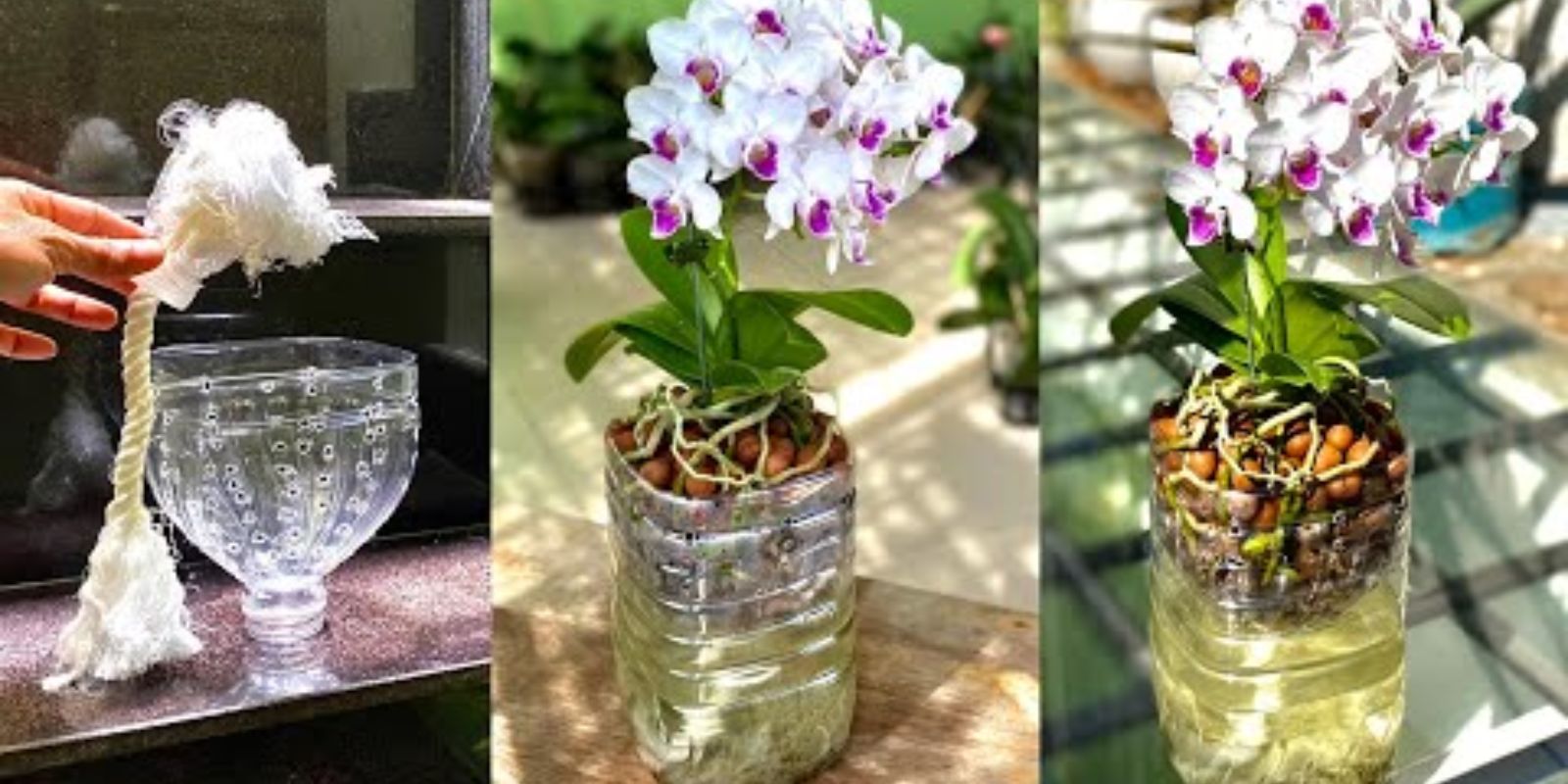Introduction
Orchids are one of the most admired plants for their exquisite blooms and elegant foliage. However, ensuring these beauties reach their full potential can sometimes be a challenge for gardeners. While there are numerous ways to care for orchids, one surprisingly effective technique involves using a common item: a brick. This unconventional method can significantly enhance your orchid’s growth and flowering. In this article, we’ll explore how using a brick can benefit your orchids and provide step-by-step instructions on how to implement this unique trick.
Understanding Orchid Growth Needs
Orchids, particularly those in the Phalaenopsis genus, thrive in conditions that mimic their natural tropical habitats. They require proper light, humidity, and a well-draining potting medium to flourish. Orchids are epiphytes in the wild, growing on trees and absorbing nutrients from the air and rain. In cultivation, providing the right environment and potting conditions is crucial for their success.
The Role of the Brick in Orchid Growth
The idea of using a brick to enhance orchid growth might seem unusual, but it serves several practical purposes:
- Improved Drainage: A brick at the bottom of the pot helps with drainage. Orchids need well-draining soil to prevent root rot, and the brick ensures that excess water can escape freely.
- Stability: The weight of the brick adds stability to the pot, preventing it from tipping over. This stability helps support the orchid’s roots and maintains its position as it grows.
- Temperature Regulation: Bricks can help stabilize the temperature of the root zone. In cooler environments, the brick can absorb and retain warmth, benefiting the orchid’s roots.
Steps to Use a Brick for Your Orchids
Follow these steps to effectively use a brick to support your orchid’s growth and flowering:
1. Choose a Suitable Brick
Select a clean, untreated brick for this method. Avoid bricks that have been painted or treated with chemicals, as these could leach harmful substances into the soil. A standard clay brick works well. Ensure it is large enough to fit comfortably in the bottom of your orchid pot without obstructing the drainage holes.
2. Prepare the Pot
Before adding your orchid and potting mix, place the brick in the bottom of the pot. This step is crucial as it will provide the benefits of improved drainage, stability, and temperature regulation.
3. Add Orchid Potting Mix
Next, add your orchid potting mix on top of the brick. Orchid potting mixes typically consist of bark, perlite, and other materials that ensure proper aeration and drainage. Fill the pot with the mix, leaving enough space for the orchid roots and growth.
4. Plant Your Orchid
Carefully place your orchid in the pot, ensuring the roots are well-positioned around the brick. Gently press the potting mix around the roots to secure the plant in place. Avoid compacting the mix too tightly, as orchids need air circulation around their roots.
5. Water and Care
Water your orchid as usual, allowing the excess water to drain through the pot. The brick will help facilitate this process, preventing water from pooling at the bottom of the pot. Maintain the appropriate light, humidity, and temperature conditions for your orchid to encourage optimal growth and blooming.
6. Monitor and Adjust
Observe your orchid’s growth over time. You should notice improved stability and potentially enhanced flowering as a result of the brick. Adjust your care routine as needed based on the orchid’s response to the new setup.
Additional Tips for Orchid Care
While using a brick can be a great enhancement to your orchid care routine, consider these additional tips to further support your plant’s health and flowering:
- Provide Adequate Light: Orchids need bright, indirect light to thrive. Ensure they receive the appropriate amount of light based on their specific species.
- Maintain Humidity: Orchids prefer higher humidity levels. Use a humidity tray or a room humidifier to maintain optimal conditions.
- Regular Fertilization: Feed your orchids with a balanced orchid fertilizer every few weeks during the growing season to provide essential nutrients.
- Repotting: Repot your orchids every 1-2 years to refresh the potting mix and accommodate root growth. Check for any signs of root rot or disease during repotting.
- Pest and Disease Management: Regularly inspect your orchids for pests such as mealybugs or spider mites and treat them promptly if found.
Conclusion
Using a brick to enhance your orchid’s growth and flowering might seem like a small and simple trick, but it can have significant benefits. By improving drainage, providing stability, and regulating temperature, this technique can help your orchids thrive and produce more blooms.
Call to Action:
Have you tried using a brick in your orchid pot? Share your experiences and any other unique gardening tips in the comments below! Let’s help each other grow beautiful and thriving orchids. 🌸🧱

